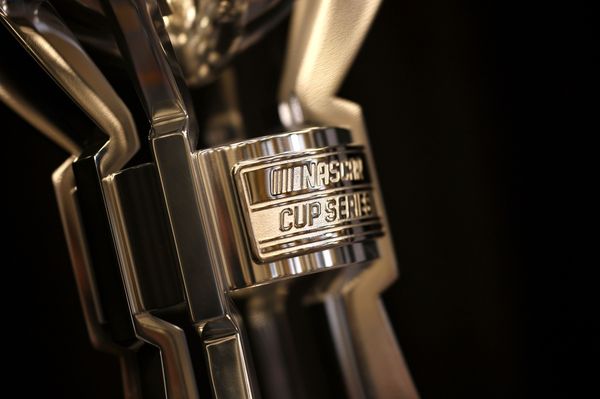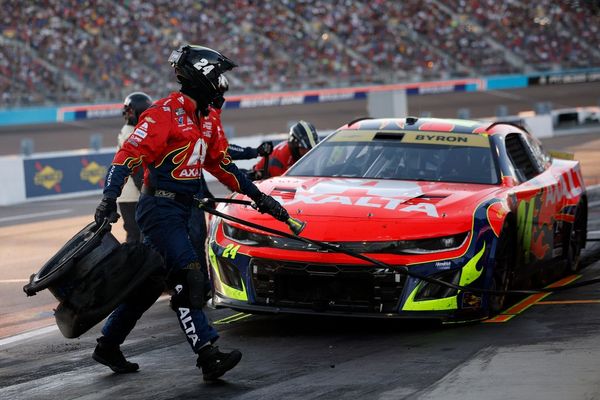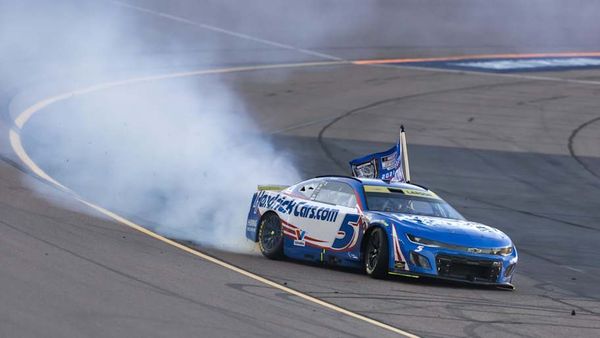
Like many other Americans, luxury car owners make monthly auto payments. When they pay, it is often to entities that carry the names of their cars—McLaren Financial Services, Aston Martin Financial Services, the Land Rover Financial Group—but who they actually pay is the country’s largest bank.
For JP Morgan Chase, car payments are big business. In its latest earnings report, the bank listed $85 billion in auto loans. All of that comes from a division called Chase Auto that, in addition to other products, runs a white label service that provides a full financing suite for auto giants, ranging from remarketing services to phone operators.
JP Morgan recently named a new CEO, Leslie Wims Morris, to lead the sprawling auto division as it navigates an ever-choppy auto market. She may have her work cut out from her.
Though Chase Auto is the largest traditional bank auto lender, the sector has been volatile enough to drive smaller banks out of the business, and the road ahead looks particularly rough. President Donald Trump vows to impose wide-ranging tariffs and looks to eliminate tax credits on electric vehicles. Wims Morris says she is not fazed.
“We have a unique set of owned assets in Chase and across JP Morgan Chase that enables us to provide the full value of the firm,” says Wims Morris. “Above and beyond what a traditional [auto lender] can do.”
Pedal to the metal
When Wims Morris stepped into the role of Chase Auto CEO in December, she’d already been at JPMorgan Chase for six years, including two years as president of the business line’s white label service. (Chase Auto also provides auto loans directly under the bank’s own name.)
Chase Auto’s white label offering, which is also relied on by Jaguar Land Rover, Subaru and Rivian, is one model the car industry relies on to provide financing to customers. The other, used by Ford, Toyota and others, entails original equipment manufacturers (OEMs) handling the lending operations themselves.
In the model followed by Chase and other bank lenders, OEMs allocate new vehicles to the dealers who sell or lease them to consumers. When a car is leased, the bank buys the contract from dealers. When the lease expires Chase sells the vehicle, hopefully generating a profit.
Only Toyota Motor Credit Corporation, General Motors Financial and Ally Financial have more outstanding loans, according to the latest Big Wheels auto finance data. Chase Auto differentiates itself by using its own balance sheet to finance partner loans, and offering them access to advertising rights its parent company has with the Oculus at the World Trade Center, billboards on Times Square, and 4,500 branches.
JPMorgan Chase does not break out specific revenue or profit figures for Chase Auto, and instead reports it as part of a broader category covering both auto loans and collective card services. In the fourth quarter of 2024, the combined business units reported $6.9 billion in revenue. While the bank reported that 28% of the category’s total number of loans were auto loans, the very different rates assigned to car and credit card loans mean it is hard to assess how much the former contributed to the $6.9 billion. The bank declined to provide additional specifics.
Learning from Covid
Wims Morris moved to Chase Auto in November 2022—as the auto loan industry was just emerging from the crushing effects of Covid quarantine. As many Americans were prevented from going to work in early 2020 90% of U.S. automotive production shut down, according to the U.S. International Trade Commission, with a shortage of semiconductor chips slowing recovery.
All said, U.S. vehicle sales fell 15% in 2020, according to the commission, twice the decline resulting from the great recession.
Though stimulus provided to clients by the U.S. government initially boosted Chase Auto’s outstanding loans and leases to a record $86.2 billion in 2021, the following year new loans and leases tumbled 30% to $30.4 billion. The firm’s outstanding loans fell to $80 billion, the lowest it had been since 2016.
In the aftermath of the quarantine, several of Chase Auto’s rivals got out of the market altogether. Cleveland-based KeyBank, Providence-based Citizens Bank and the Bank of Montreal have all stopped offering auto financing. As banks ceded territory, their overall share of the loan market compared to that of car makers continued a decade-long trend of losing market share, according to the Big Wheels data.
As part of the efforts to combat these various headwinds, Wims Morris and her predecessor Peter Muriungi launched a platform called Finance and Drive in 2021. The platform let potential customers in quarantine—and now any borrowers—shop at 12,000 dealers and nearly instantly see how much they are pre-qualified to borrow.
The efforts to modernize the lending process during Covid have already borne fruit. In 2023, Wims Morris’s first full year as president of Chase Auto’s white label service, new loans and leases climbed by $11 billion, originating $41.3 billion. The new loans contributed to a new record of $86.8 billion in outstandings.
The auto loan business has also been helped by rising car prices over the same period. Between 2020 and 2024 the average car price increased 23% according to Kelley Blue Book data, matching almost perfectly the CPI rate of inflation over the same period. Chase Auto had $85.3 billion in outstanding loans as of the end of last year.
Electric vehicles, supply chains and Trump
There will be no warm-up period as Wims Morris kicks off the new year in her new role. The business head finds herself at the center of multiple geopolitical struggles.
Tight supply chains going back to Covid and slower than expected electronic vehicle adoption last year forced Chase Auto partner Aston Martin to seek $266 million in financing and forced Fisker, briefly a partner of Chase, into bankruptcy. The global auto financing market has also been struggling, with originations stuck at around $1.6 trillion over the past two years, according to Federal Reserve data.
Wims Morris and her team are now working with some of their partners to figure out how possible changes to EV tax credits being considered by the White House and tariffs threatened by Trump could undermine car manufacturers that built plants abroad, and drive up prices back home.
The auto manufacturers have three choices, she says. The first is they can find a less expensive way to get the same supply by sourcing it from a country with lower tariffs. The second is to pass on the cost to the consumer. The third choice is “eat the cost,” or some combination.
“For many of these auto manufacturers this is sort of a global decision,” says Wims Morris. “Ultimately, the OEM is going to have to decide to the extent to which the tariffs result in it’s more expensive to produce a vehicle?”
On a deeper level though, the question is whether Chase Auto can buck the trend of traditional banks losing market share to auto manufacturers who lend directly. “Our ethos is ‘we are them,’” says Wims Morris. “Because my job is to help the original equipment manufacturer sell cars and win market share.”







